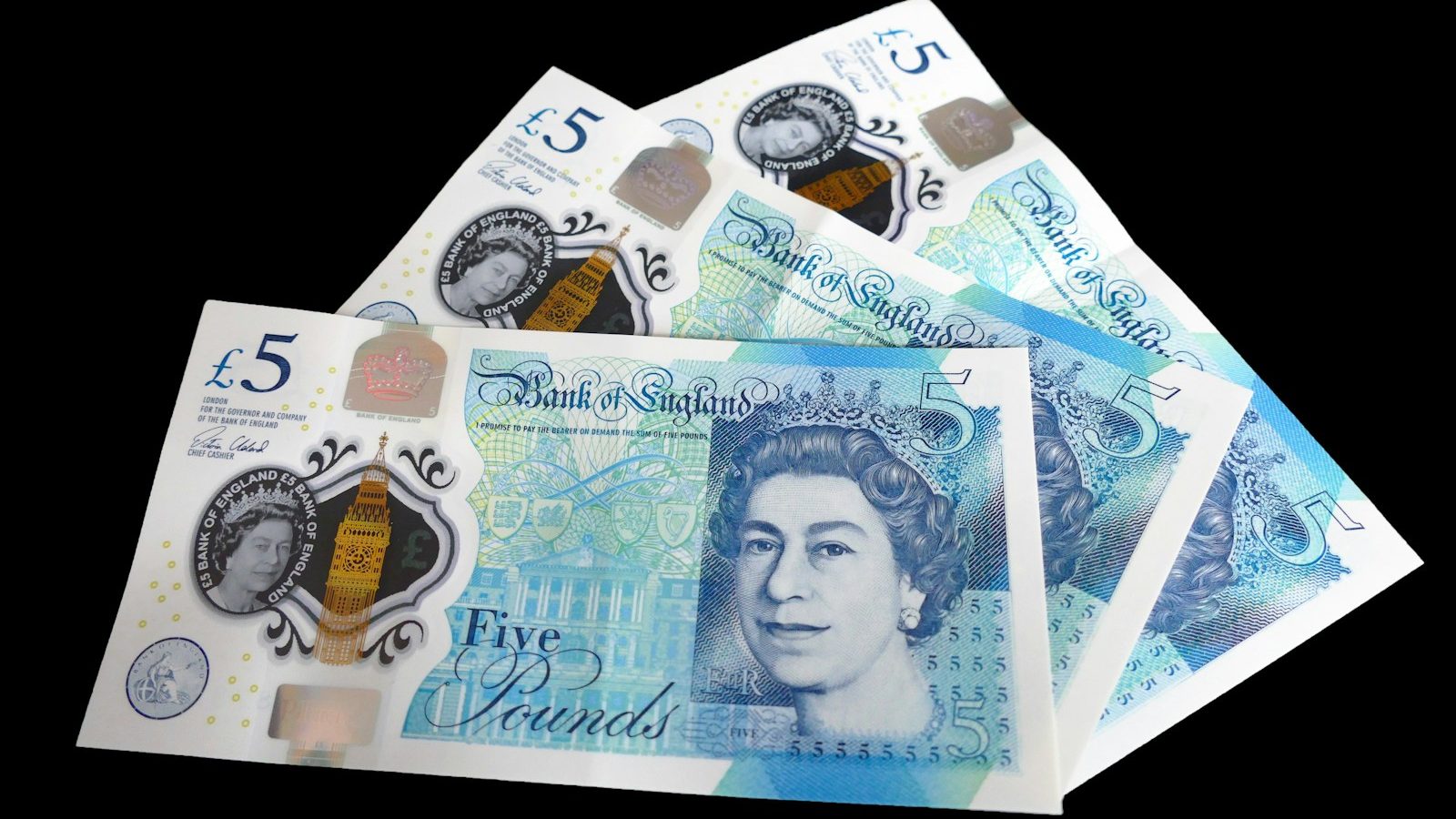10 Powerful Ways to Teach Your Kids About Money: Teaching kids about money is one of the most valuable life lessons you can impart. Financial literacy not only helps them make smart decisions as adults but also builds confidence and responsibility. The earlier they learn about saving, spending, and investing, the better equipped they’ll be to manage their finances later in life. As the editor of StarAvis.com and a parent focused on fostering financial awareness, here are 10 powerful ways to teach your kids about money.
1. Start with a Simple Allowance
Why It’s Effective:
Giving your kids an allowance helps them understand the concept of earning money and making decisions about how to spend it. It teaches them that money is earned, not just given, and offers opportunities to practice budgeting and saving.
How to Do It:
- Give your child a weekly or monthly allowance based on their age and tasks around the house.
- Encourage them to divide their money into three categories: spending, saving, and giving.
Pro Tip: Use clear jars or envelopes for each category so your child can see how their money grows or depletes.

2. Set Up a Family Savings Goal
Why It’s Effective:
Involving your kids in a family savings goal, like saving for a vacation or a special outing, helps them understand the importance of delayed gratification. It also teaches teamwork and financial discipline.
How to Do It:
- Choose a goal as a family, like saving for a trip or new gadget, and discuss how much money is needed.
- Track progress together and discuss how everyone’s contributions, even small ones, add up over time.
Pro Tip: Use a visual chart or savings tracker that shows how close you are to reaching your goal. This makes the process more tangible for young kids.

3. Open a Savings Account for Them
Why It’s Effective:
Opening a savings account introduces kids to the world of banking, interest, and the value of long-term saving. They can watch their money grow over time, and you can teach them how interest works.
How to Do It:
- Visit a local bank or use an online bank to open a savings account in your child’s name.
- Teach them how deposits and withdrawals work, and show them how much interest they can earn.
Pro Tip: Set a small, reachable savings goal, and reward your child for hitting it to encourage long-term saving habits.
4. Involve Them in Household Budgeting
Why It’s Effective:
Letting your kids see how you manage household finances gives them a realistic understanding of budgeting and expenses. It also demystifies the process and helps them see the difference between needs and wants.
How to Do It:
- Show them how much money comes in (through income) and goes out (through bills, groceries, etc.).
- Involve them in smaller budget decisions, like planning the weekly grocery list while staying within a certain budget.
Pro Tip: Use this opportunity to teach them about priorities, like paying for necessities first before splurging on luxuries.

5. Introduce the Concept of Earning through Chores
Why It’s Effective:
Paying for extra chores beyond regular household duties introduces the idea of earning more through hard work. It also reinforces the idea that money is earned and should be respected.
How to Do It:
- Assign a monetary value to specific chores (like washing the car, mowing the lawn, or cleaning out the garage).
- Let them choose whether to do extra chores to earn more money, teaching them that effort leads to rewards.
Pro Tip: Don’t overpay for easy chores; make sure the amount matches the effort so they understand the value of work.
6. Play Financial Games
Why It’s Effective:
Games are a fun way to teach kids about money, budgeting, and decision-making without it feeling like a lesson. Board games or apps that focus on money management make learning enjoyable.
How to Do It:
- Play board games like Monopoly or The Game of Life to introduce the concepts of spending, saving, and investing.
- Use kid-friendly apps like PiggyBot or Bankaroo that teach basic financial skills.
Pro Tip: After playing, discuss the lessons learned from the game, like how saving money helped them win or what they could have done differently.
7. Teach Them About Giving
Why It’s Effective:
Teaching your kids about charity and giving helps them understand the impact of money beyond their personal needs. It fosters generosity and helps them see the value of contributing to causes they care about.
How to Do It:
- Encourage them to set aside a portion of their allowance or earnings for donations.
- Let them choose a charity or cause they want to support, whether it’s helping animals, the environment, or people in need.
Pro Tip: Involve them in charitable activities, like volunteering or helping with a fundraiser, to show how giving time and money makes a difference.
8. Introduce the Concept of Investments
Why It’s Effective:
Teaching kids about investing early on helps them understand how money can grow over time through smart financial decisions. This sets the stage for them to make informed investment choices later in life.
How to Do It:
- Explain the basics of stocks, bonds, and mutual funds in simple terms.
- Use a kid-friendly investment platform, like Stockpile, to let them buy shares of companies they’re interested in, such as Disney or Nike.
Pro Tip: Start small, and show them how their investments fluctuate over time, explaining that the goal is long-term growth.
9. Let Them Practice Spending Decisions
Why It’s Effective:
Allowing your kids to make their own spending decisions helps them understand the consequences of their choices. Whether it’s spending on something small or saving for something big, they’ll learn the value of money firsthand.
How to Do It:
- Give them their own money (allowance or earned) and let them decide how to spend it.
- When they want to make a purchase, ask them to think about whether they really need it or if it’s better to save for something else.
Pro Tip: Don’t bail them out if they run out of money or regret a purchase—this is an important learning experience.
10. Be a Financial Role Model
Why It’s Effective:
Kids learn by watching what you do, so being a good financial role model is one of the most powerful ways to teach them about money. Show them responsible financial behaviors, like budgeting, saving, and thoughtful spending.
How to Do It:
- Talk openly about money and involve them in age-appropriate discussions about financial decisions.
- Show them how you save for family goals, make thoughtful purchases, and avoid impulsive buying.
Pro Tip: Share stories about your financial mistakes and what you learned from them—this helps your kids understand that it’s okay to make mistakes and grow from them.
10 Powerful Ways to Teach Your Kids About Money
Teaching your kids about money from a young age equips them with essential life skills that will serve them well into adulthood. By introducing concepts like saving, budgeting, and investing in simple and engaging ways, you’re helping them develop financial literacy and responsibility. At StarAvis.com, we believe that financial education is one of the greatest gifts you can give your children, and these tips will help them build a strong foundation for the future.






